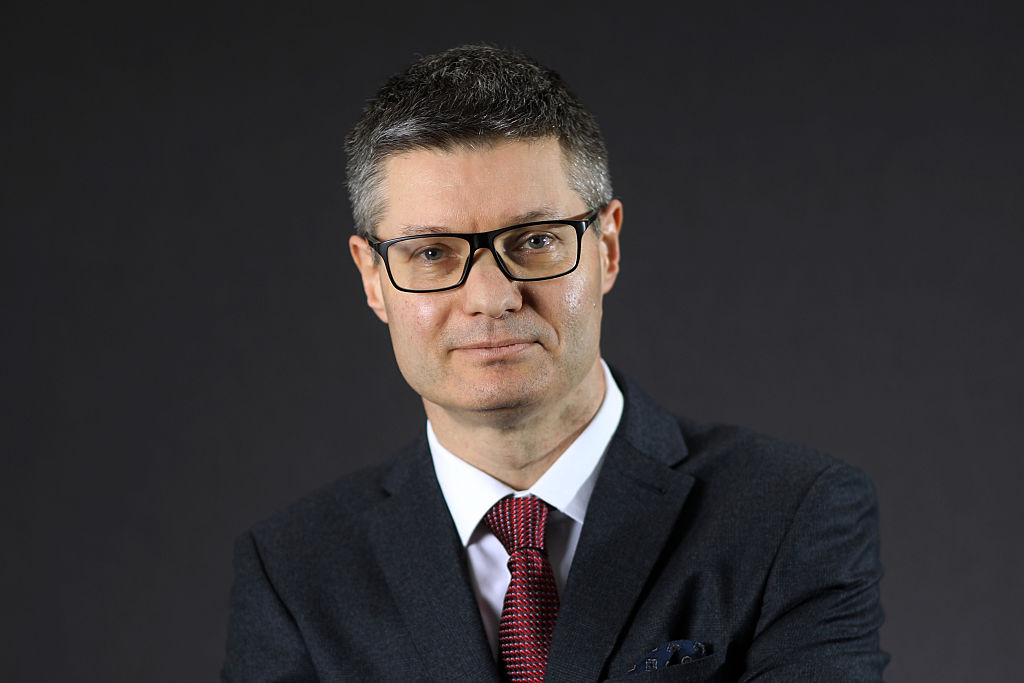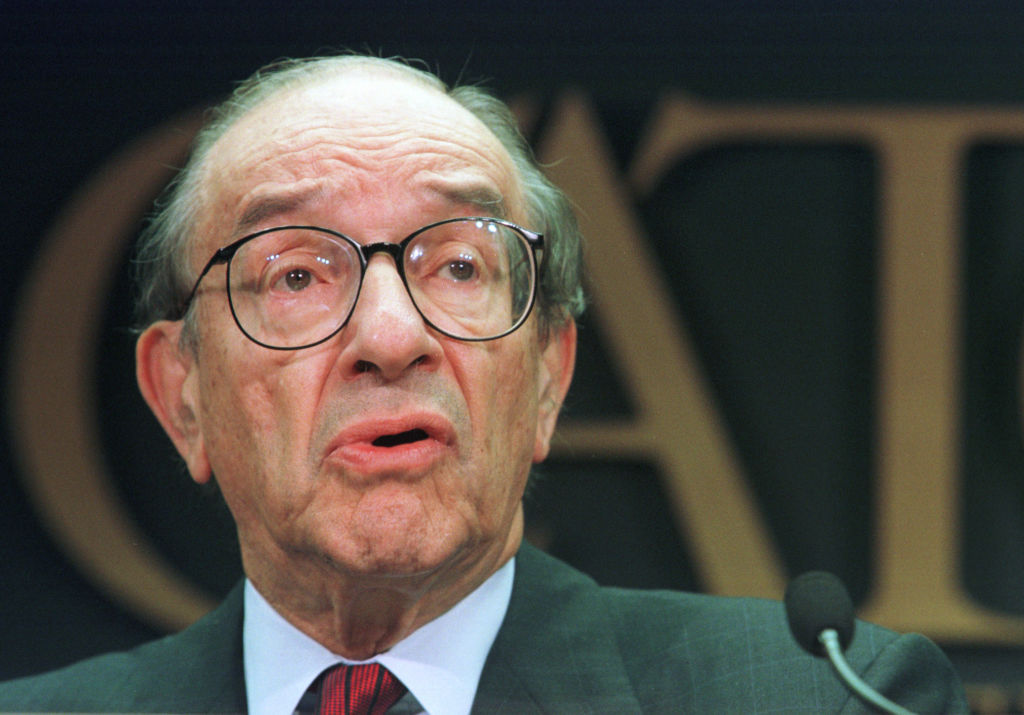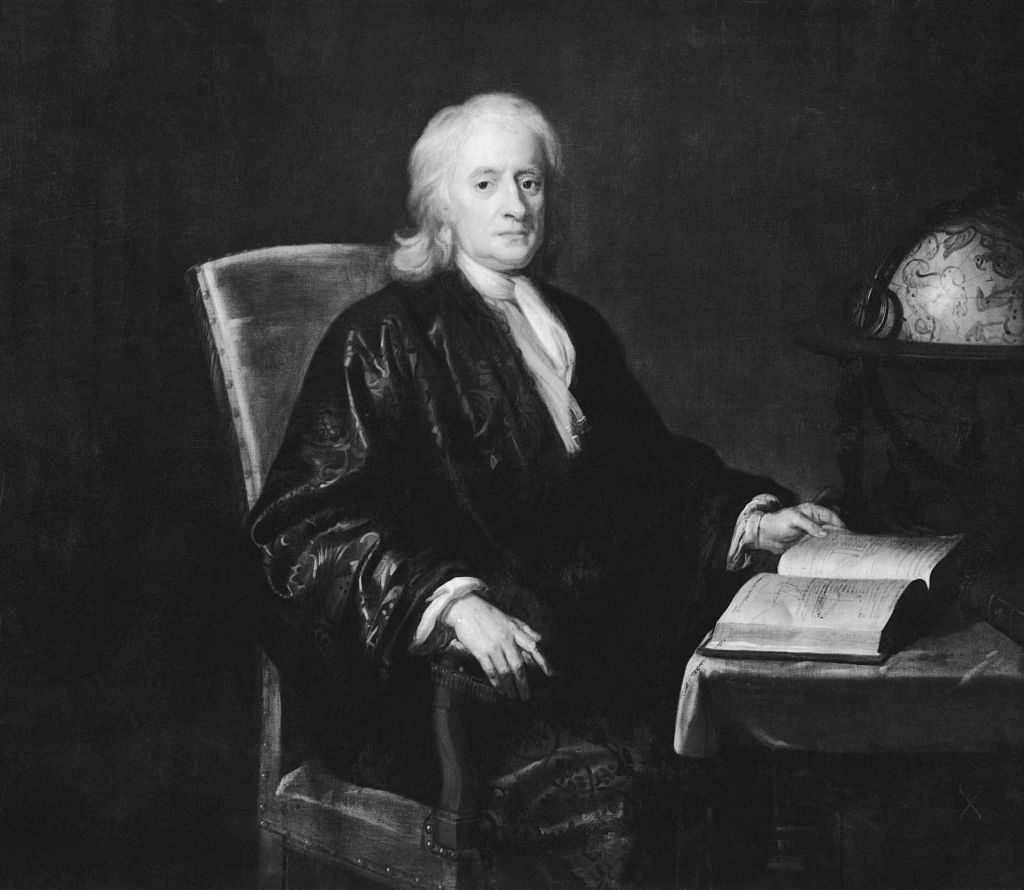Great frauds in history: crypto-queen Ruja Ignatova and her “bitcoin killer”
Ruja Ignatova convinced punters to put up to $12bn into her worthless "OneCoin" cryptocurrency – then disappeared with the loot.


Ruja Ignatova was born in Sofia, Bulgaria in 1980, before moving to Germany with her family when she was ten. In 2005 she was awarded a doctorate in law from the University of Konstanz. She went on to work for management consultancy McKinsey & Co in their eastern European office. In 2014 Ignatova set up OneCoin, which she claimed was a cryptocurrency that would become a “bitcoin killer”, and began promoting the currency at large public conferences around the world, including one at Wembley Stadium.
What was the scam?
Ignatova invited investors to buy “packages” that would give the owner tokens that could be used to “mine” OneCoin. The price of OneCoin was displayed on a website. Although this website showed the currency soaring in value from £0.43 in January 2015 to over £25 in 2019, this wasn’t based on any real transactions, but solely determined by the people running OneCoin. Ownership of the currency was stored on an ordinary database, rather than the blockchain (digital ledger) underpinning other digital currencies. Those who wanted to withdraw their money were paid out of money flowing in – in other words, it was in effect a Ponzi scheme.
What happened next?
Almost immediately after it began, OneCoin generated controversy with regulators around the world, who warned it could be a scam. Despite this, Ignatova’s charisma continued to lure in large amounts of money. Some likened the organisation to a cult. It was not until she mysteriously disappeared in 2017, just before she was due to give a talk, that the scheme started to unravel. Ignatova is still wanted by the US Department of Justice. Her brother Konstantin was convicted of fraud and money laundering last year, along with a number of other people connected to the scheme.
MoneyWeek
Subscribe to MoneyWeek today and get your first six magazine issues absolutely FREE

Sign up to Money Morning
Don't miss the latest investment and personal finances news, market analysis, plus money-saving tips with our free twice-daily newsletter
Don't miss the latest investment and personal finances news, market analysis, plus money-saving tips with our free twice-daily newsletter
Lessons for investors
Overall, the US authorities estimate that, between 2014 and 2017, OneCoin took in at least $4bn of investors’ money; some believe the final amount could be as much as $12bn.Investors are unlikely to get much of it back. One big red flag was the use of multi-level marketing techniques, where investors were encouraged to recruit friends and family into the scheme by giving them a small commission based on the additional money that was invested. Many of these commission payments were reinvested in OneCoin.
Get the latest financial news, insights and expert analysis from our award-winning MoneyWeek team, to help you understand what really matters when it comes to your finances.

-
 300,000 remote workers to miss out on working from home tax relief
300,000 remote workers to miss out on working from home tax reliefThousands of workers forced to work from home will no longer benefit from the working from home tax relief next year. How will it affect you?
-
 How to tap into AI energy stocks
How to tap into AI energy stocksOne certainty about generative AI is that it is hugely energy-intensive. Companies providing that power look set to capture the benefits.
-
 Big Short investor Michael Burry closes hedge fund Scion Capital
Big Short investor Michael Burry closes hedge fund Scion CapitalProfile Michael Burry rightly bet against the US mortgage market before the 2008 crisis. Now he is worried about the AI boom
-
 Chen Zhi: the kingpin of a global conspiracy
Chen Zhi: the kingpin of a global conspiracyChen Zhi appeared to be a business prodigy investing in everything from real estate to airlines. Prosecutors allege he is the head of something more sinister
-
 Who is Jared Isaacman, SpaceX astronaut and Trump's pick as NASA chief?
Who is Jared Isaacman, SpaceX astronaut and Trump's pick as NASA chief?Jared Isaacman is a close ally of Elon Musk and the first non-professional astronaut to walk in space. Now, he is in charge of NASA
-
 Defeat into victory: the key to Next CEO Simon Wolfson's success
Defeat into victory: the key to Next CEO Simon Wolfson's successOpinion Next CEO Simon Wolfson claims he owes his success to a book on military strategy in World War II. What lessons does it hold, and how did he apply them to Next?
-
 'We still live in Alan Greenspan’s shadow'
'We still live in Alan Greenspan’s shadow'When MoneyWeek launched 25 years ago, Alan Greenspan was chairman of the Federal Reserve. We’re still living with the consequences of the whirlwind he sowed
-
 Isaac Newton's golden legacy – how the English polymath created the gold standard by accident
Isaac Newton's golden legacy – how the English polymath created the gold standard by accidentIsaac Newton brought about a new global economic era by accident, says Dominic Frisby
-
 'How I brought MoneyWeek to the masses'
'How I brought MoneyWeek to the masses'Launching MoneyWeek gave ordinary investors information – and hence power, says Merryn Somerset Webb
-
 'Why I launched MoneyWeek'
'Why I launched MoneyWeek'Inspired by The Week and uninspired by the financial press, Jolyon Connell decided it was time for a new venture. That's where MoneyWeek came in